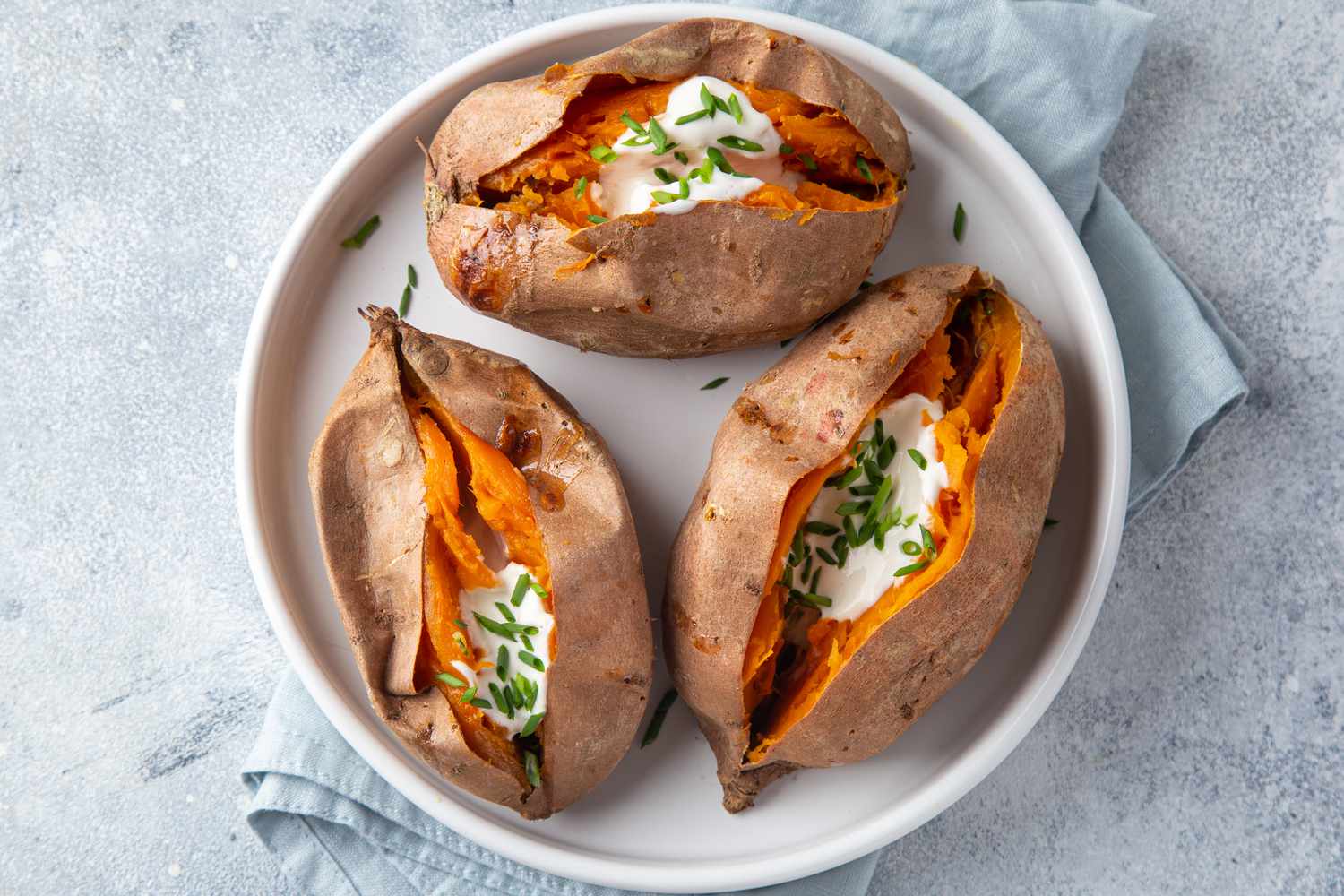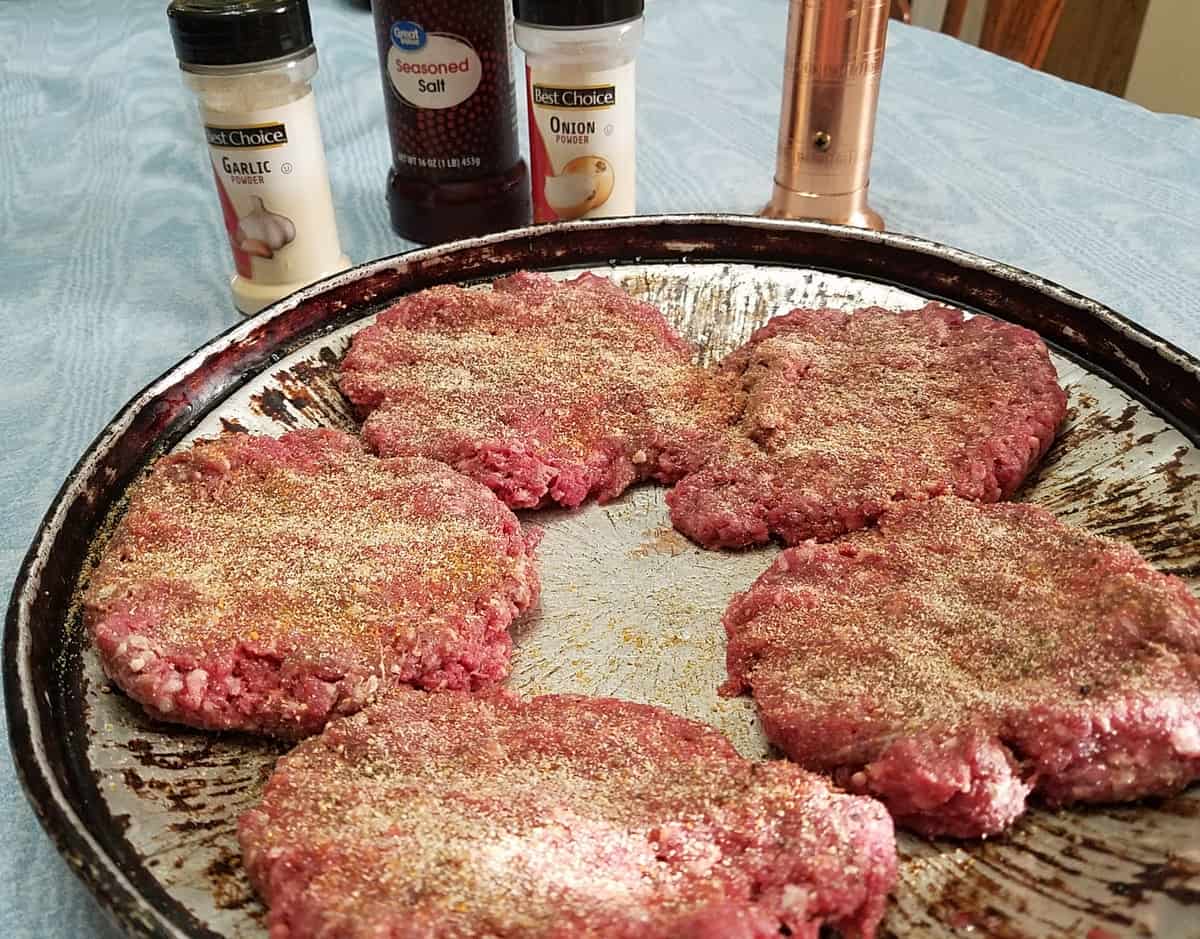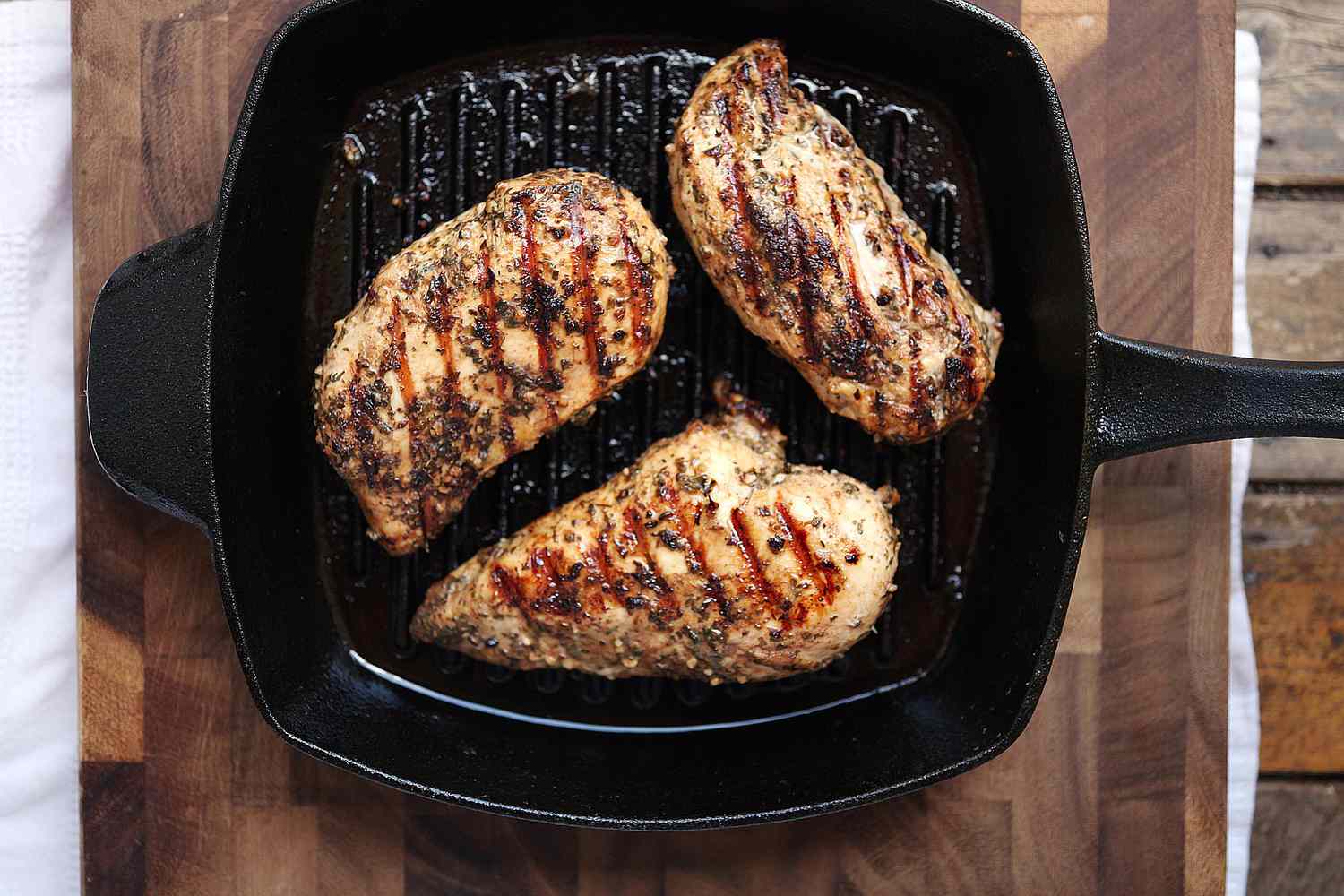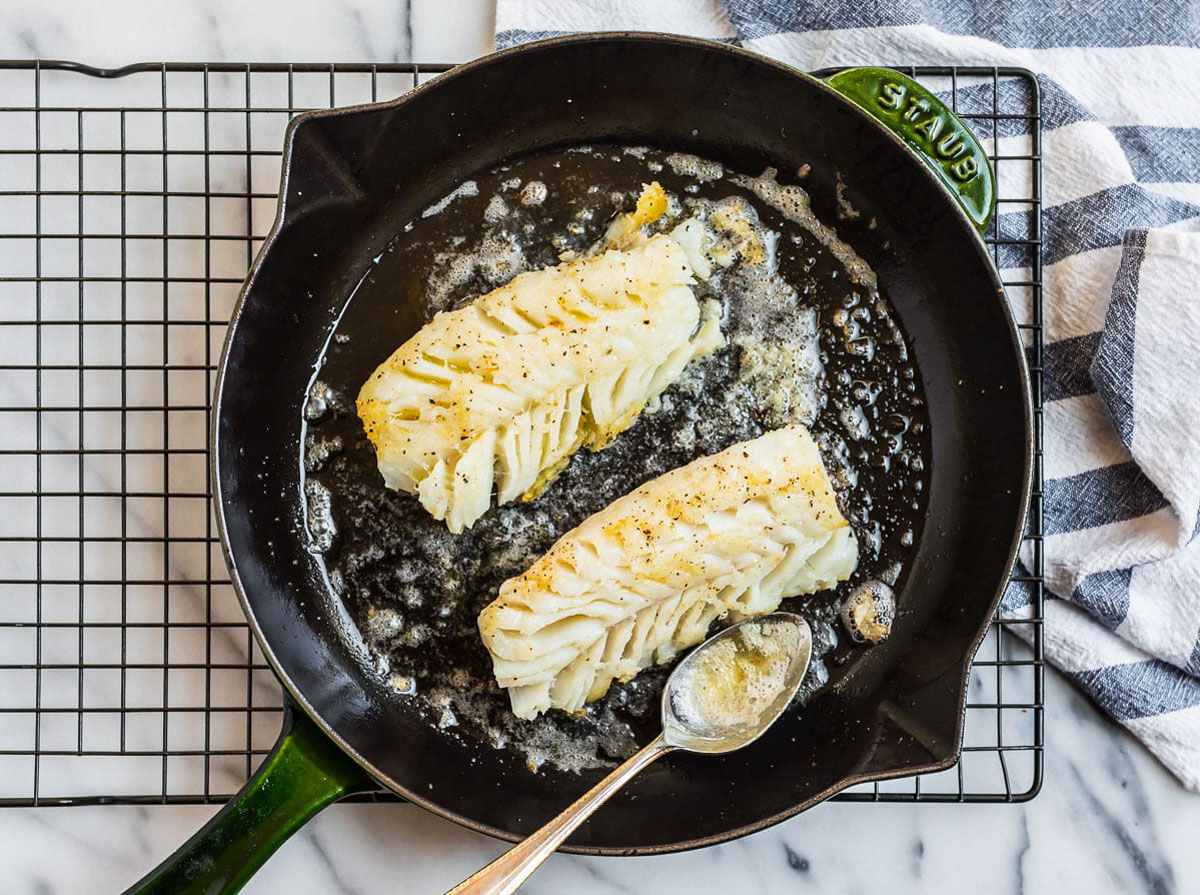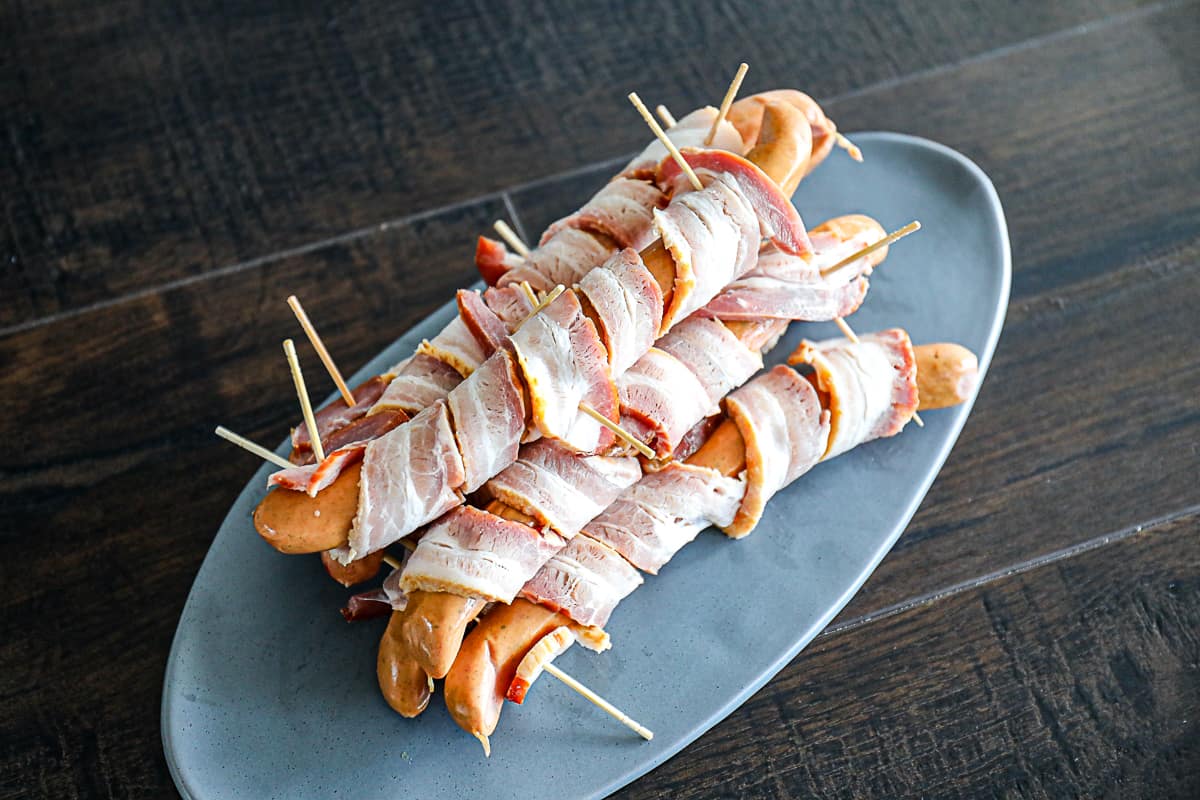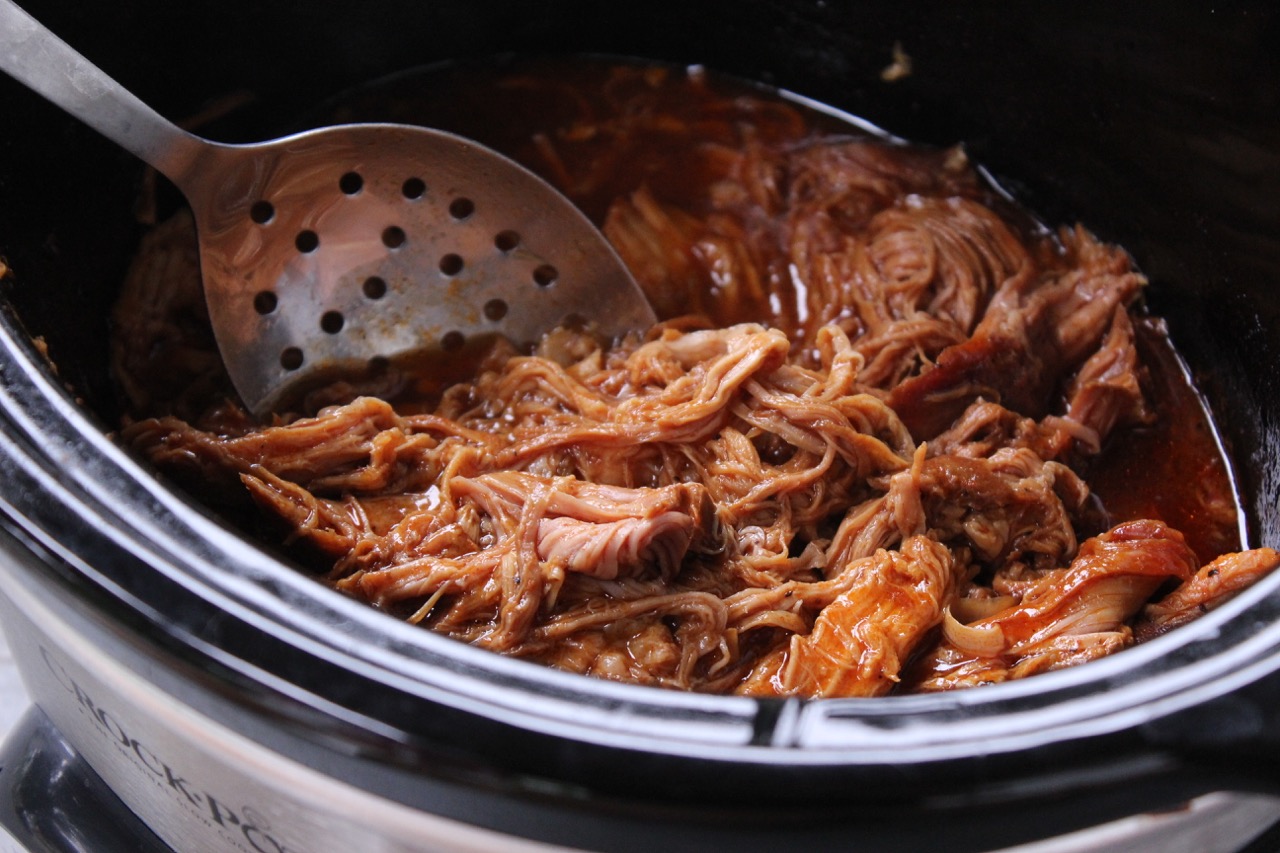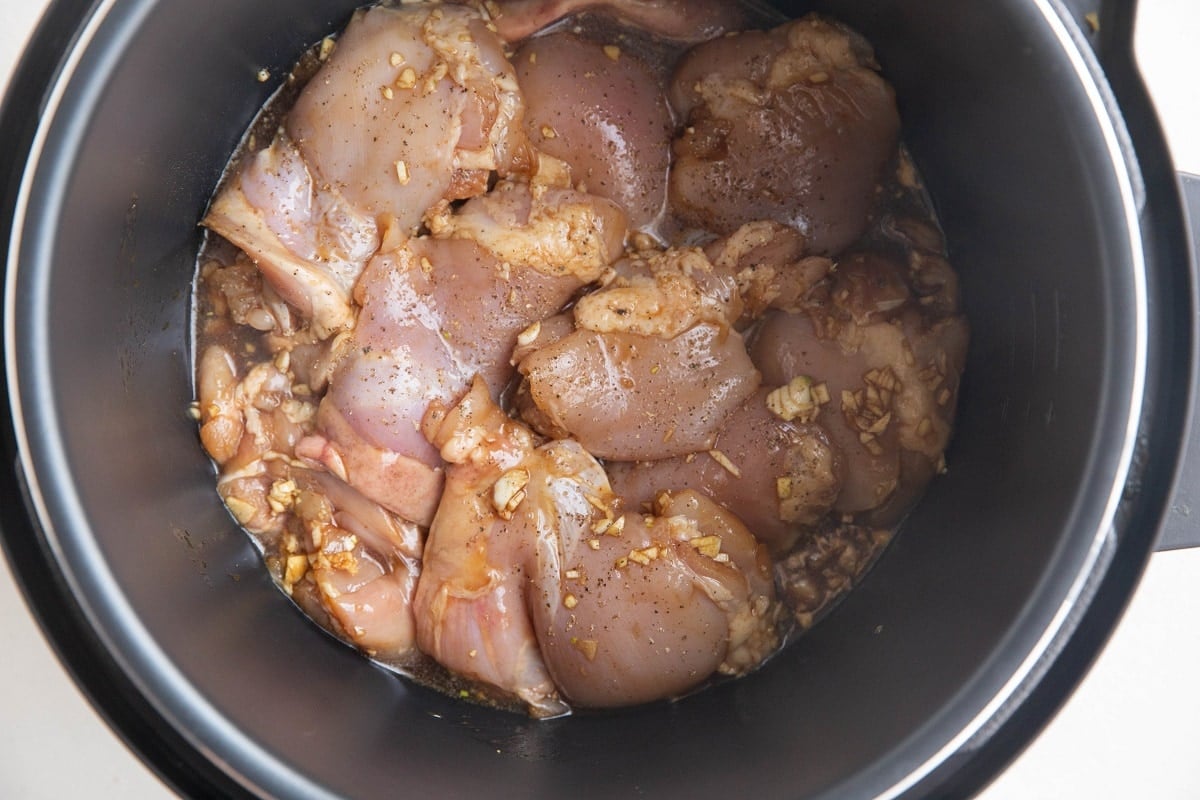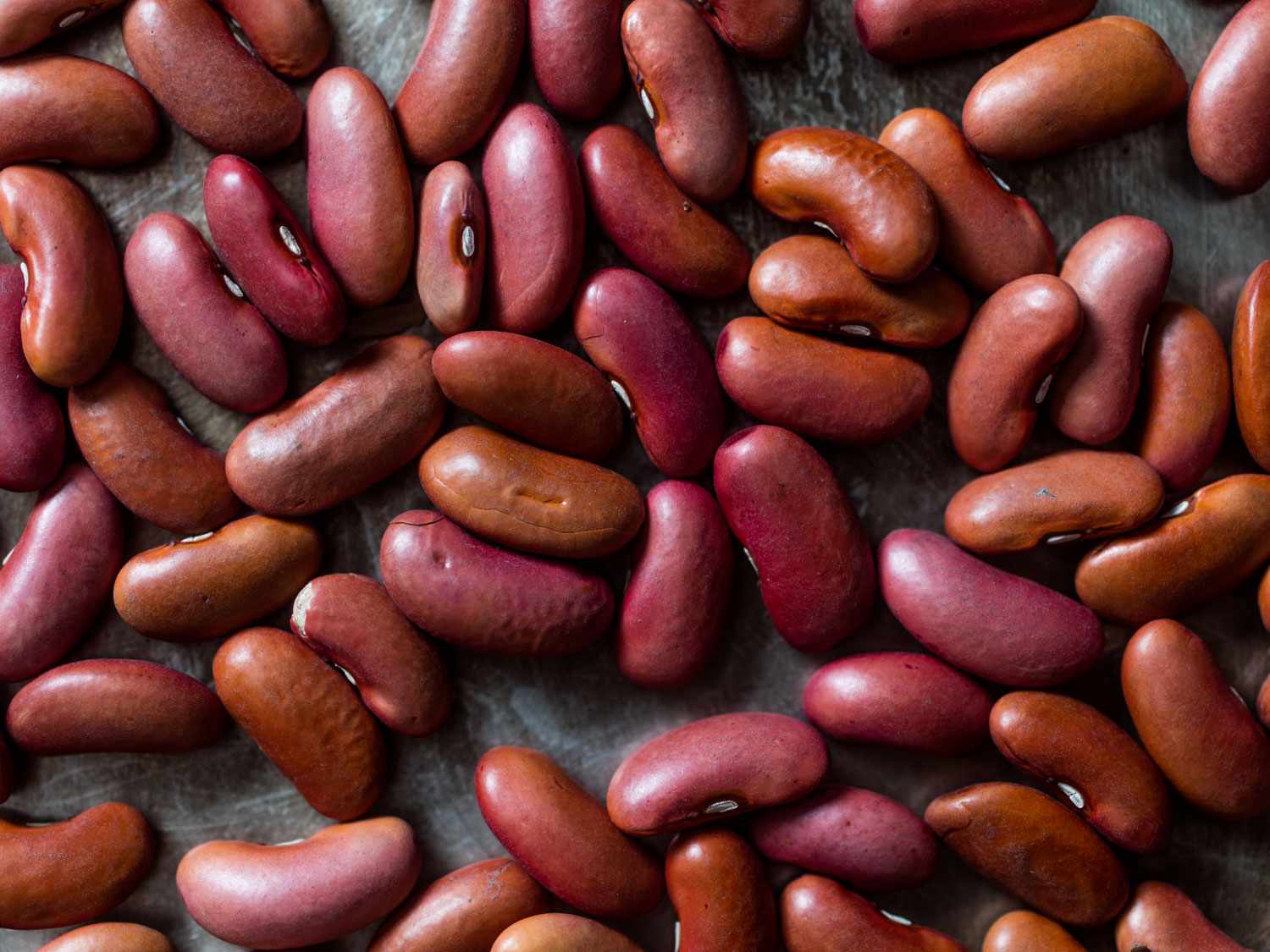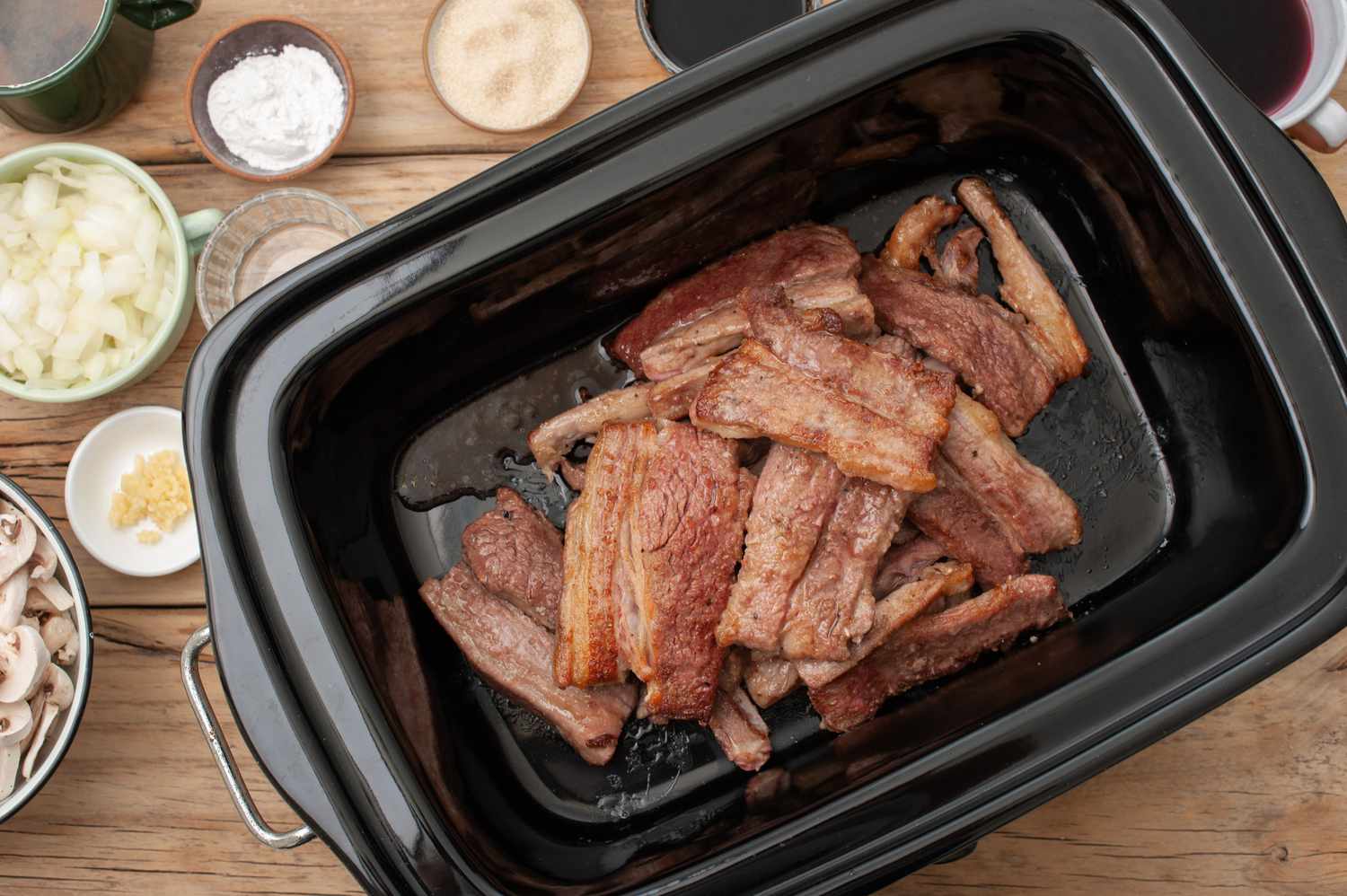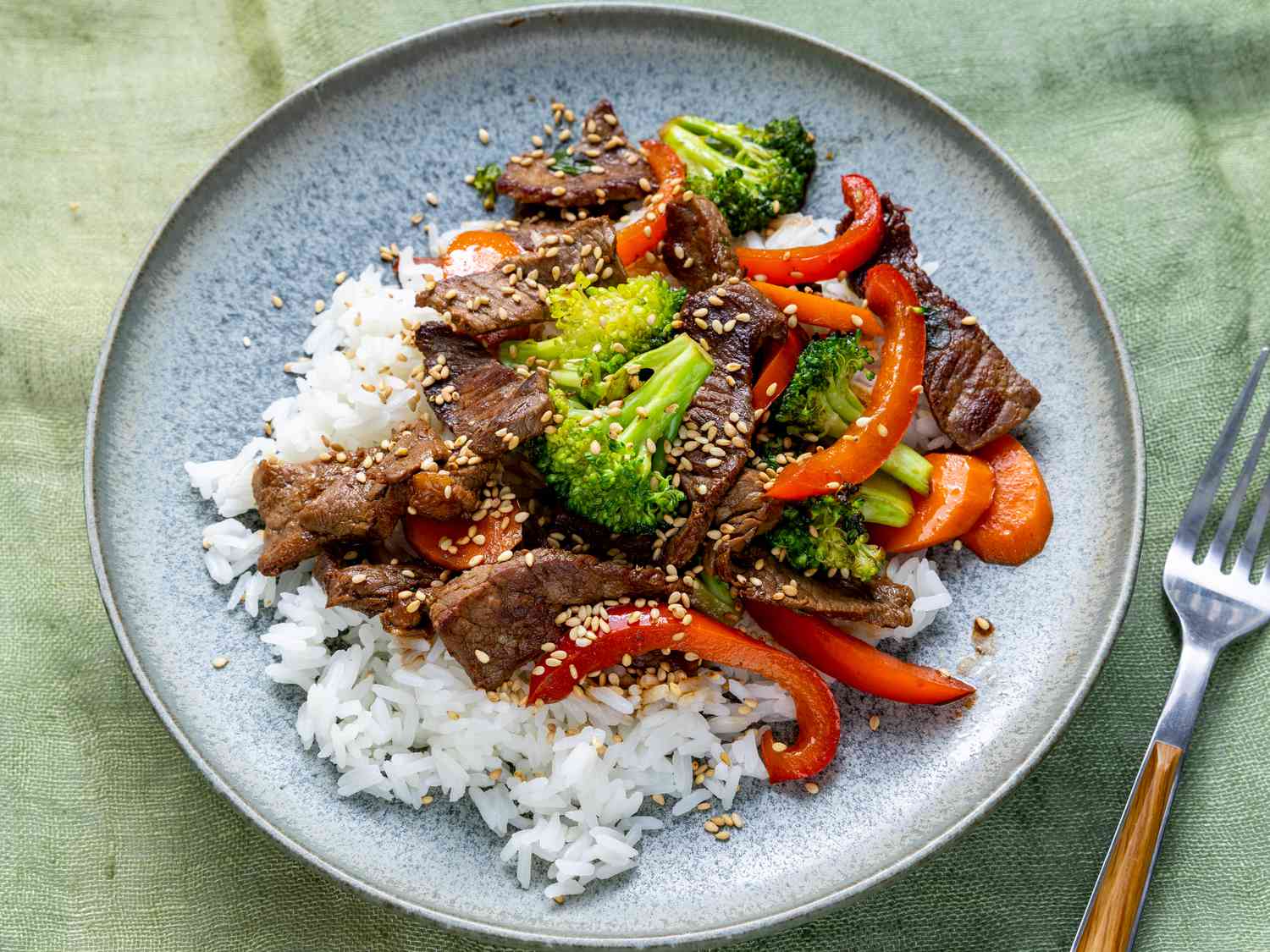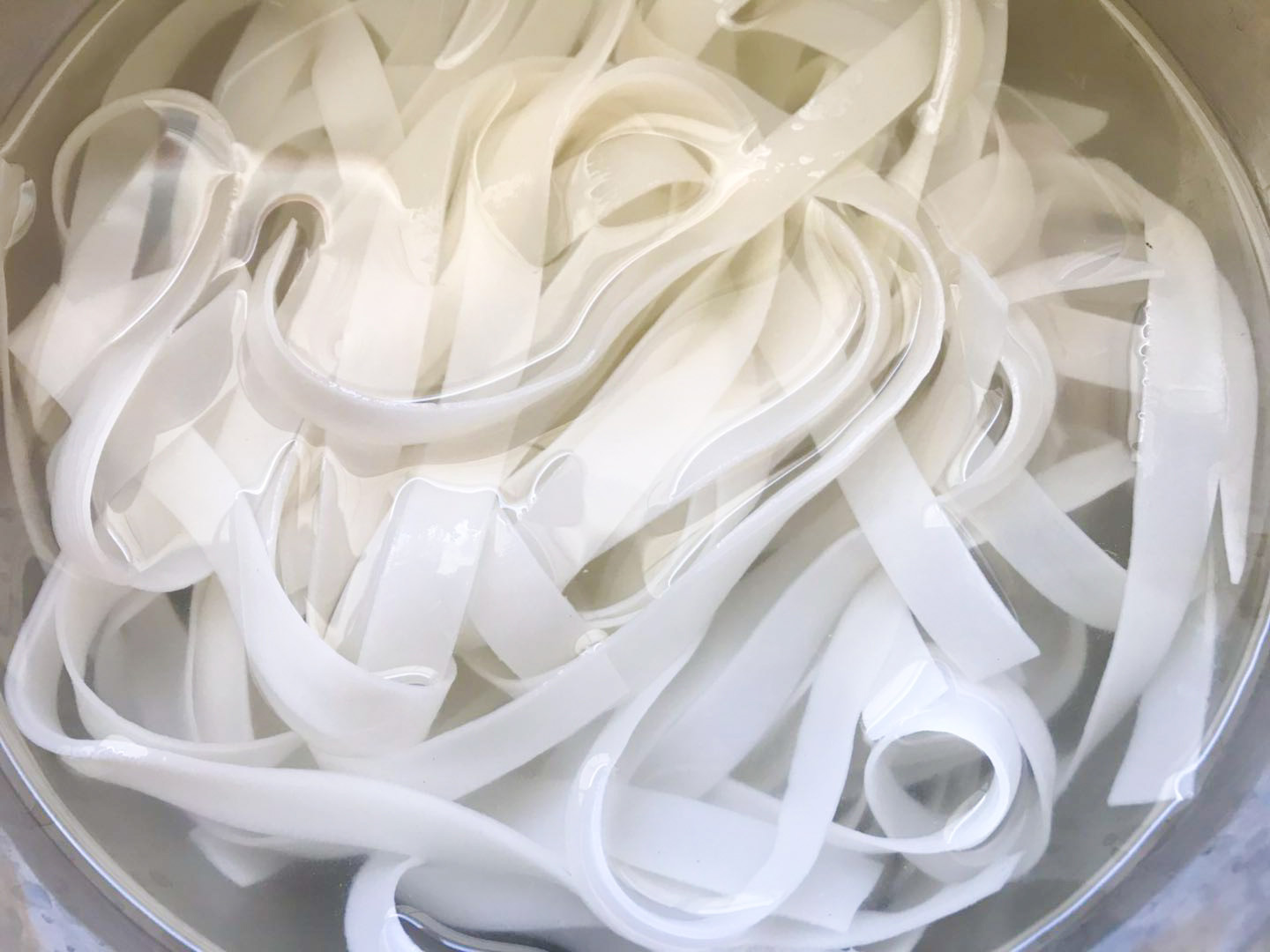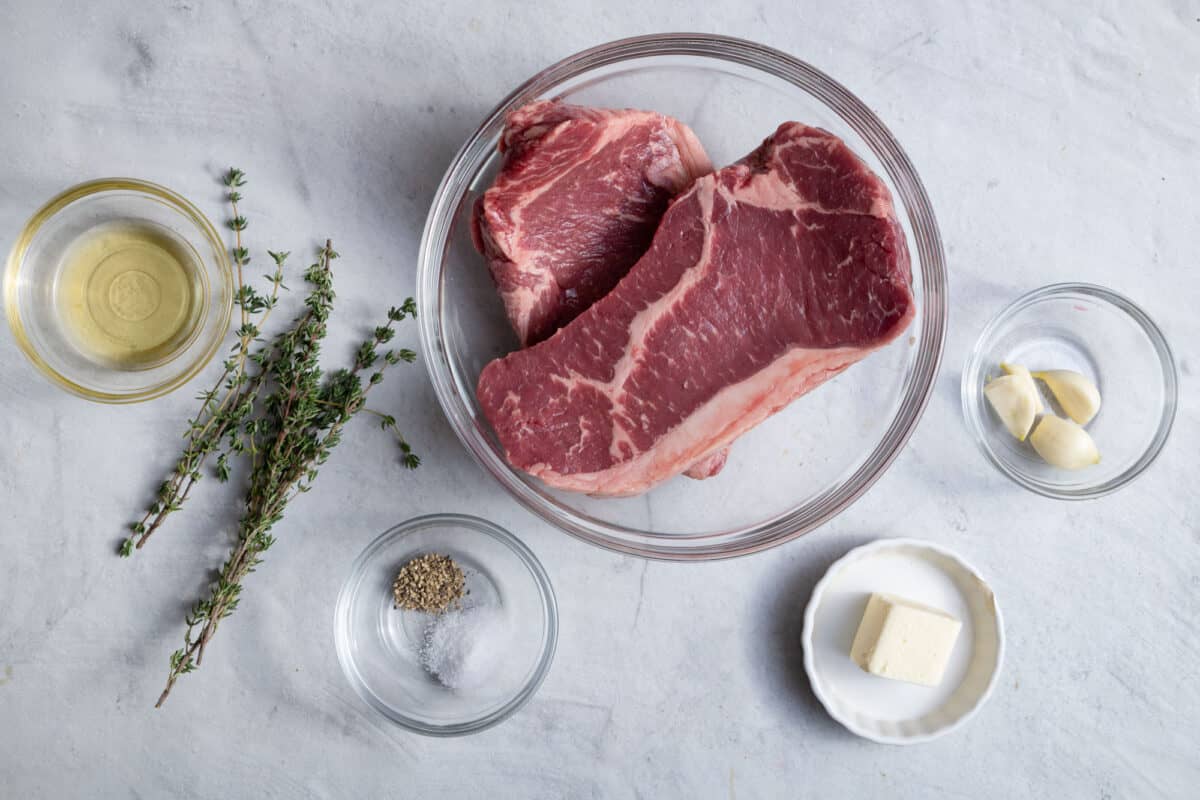How To Cook Sweet Peas In A Can
Looking for a quick and convenient way to enjoy sweet peas? Look no further than a can! Canned sweet peas are a versatile and time-saving option that can be transformed into a delicious side dish or added to your favorite recipes. In this blog post, we’ll show you the simple steps to cooking sweet peas in a can, allowing you to enjoy their vibrant flavor and nutritional benefits with just a few minutes of preparation.
What You’ll Need:
- A can of sweet peas
- A saucepan
- Water or vegetable broth
- Salt and pepper (optional)
Instructions:
- Start by opening the can of sweet peas. Drain and rinse them thoroughly to remove any excess liquid or brine.
- Place a saucepan over medium heat and add the sweet peas. Add enough water or vegetable broth to barely cover the peas.
- Bring the liquid to a gentle boil and then reduce the heat to a simmer. Let the sweet peas cook for about 5-7 minutes, or until they reach your desired tenderness. Remember, canned sweet peas are already pre-cooked, so you just need to heat them through.
- If desired, you can season the sweet peas with a pinch of salt and pepper, or even add other herbs and spices to enhance the flavor. Stir well to distribute the seasonings evenly.
- Once the sweet peas are cooked to your liking, remove the saucepan from the heat. Drain any excess liquid before serving.
Now that you know how to cook sweet peas in a can, let your culinary creativity shine! These versatile legumes can be easily incorporated into a variety of dishes. Here are a few delicious ideas to get you started:
- Add cooked sweet peas to pasta salads for an extra burst of color and texture.
- Mix them with cooked rice or quinoa to create a flavorful grain bowl.
- Create a simple and satisfying side dish by tossing sweet peas with butter or olive oil and a sprinkle of Parmesan cheese.
- Incorporate sweet peas into your favorite stir-fry recipe for a nutritious and vibrant addition.
- Blend cooked sweet peas into a creamy soup for a comforting and wholesome meal.
With just a can of sweet peas and a few minutes of cooking time, you can create a range of delicious and nutritious dishes. So next time you’re in a hurry or looking for a convenient option, give cooking sweet peas in a can a try. Your taste buds and your busy schedule will thank you!
Was this page helpful?
Read Next: How To Cook Dried Split Peas
